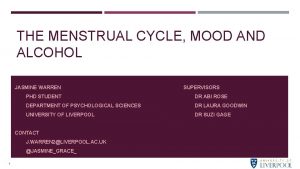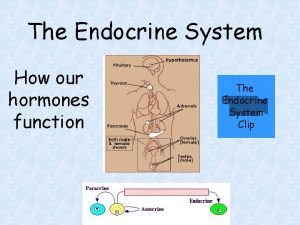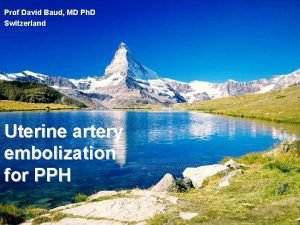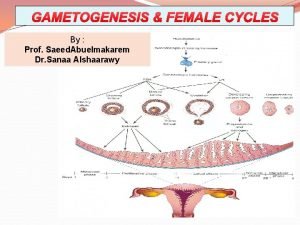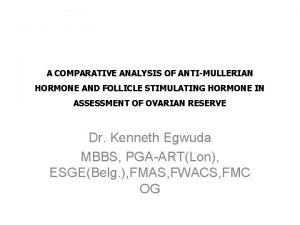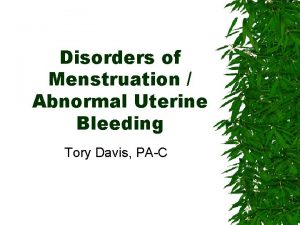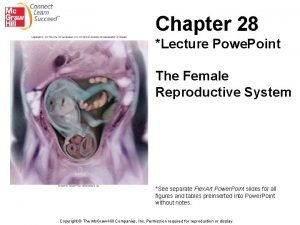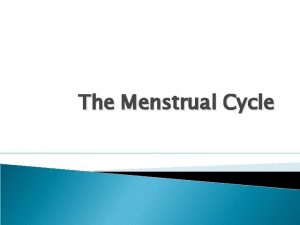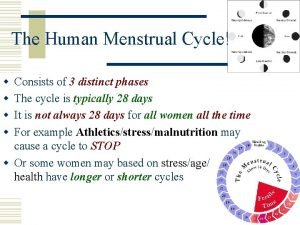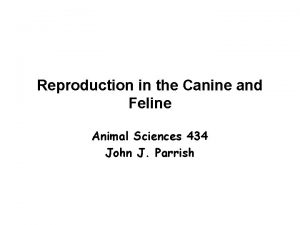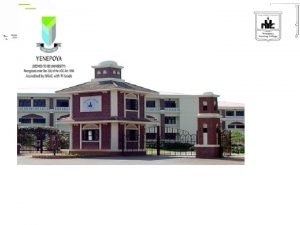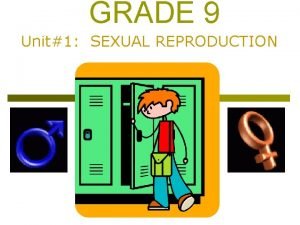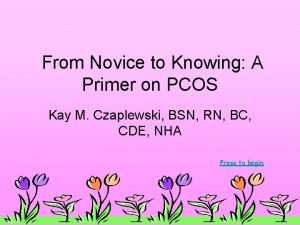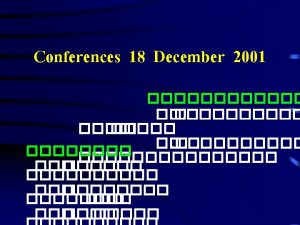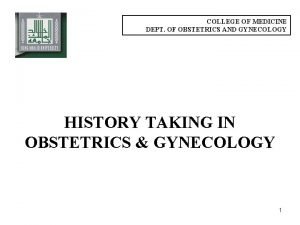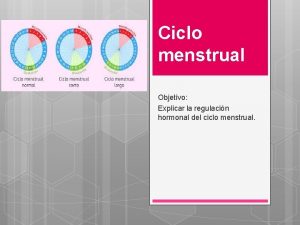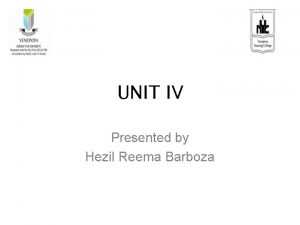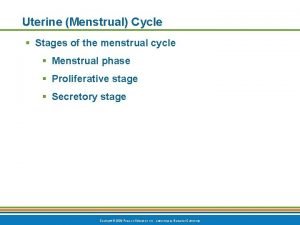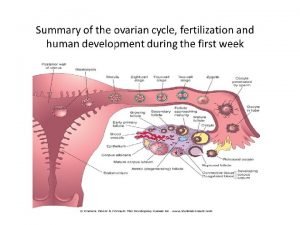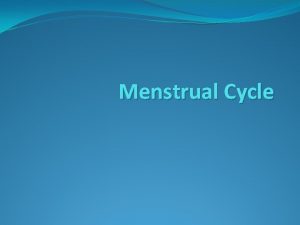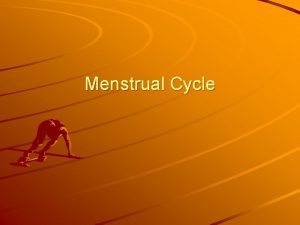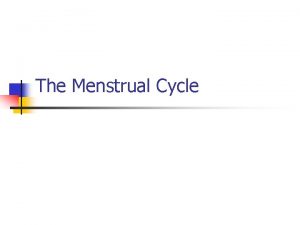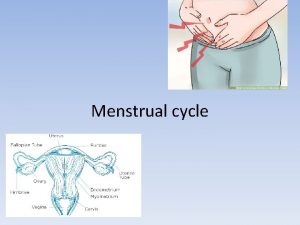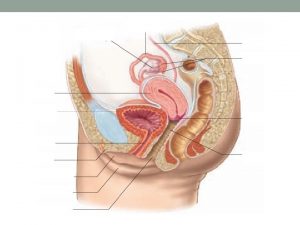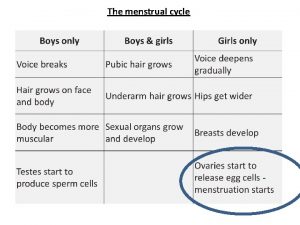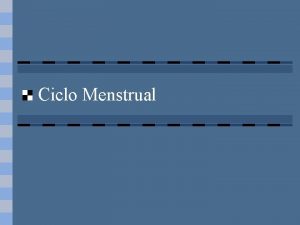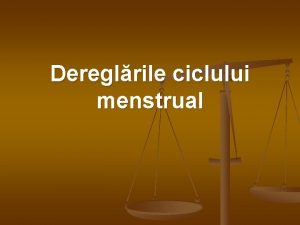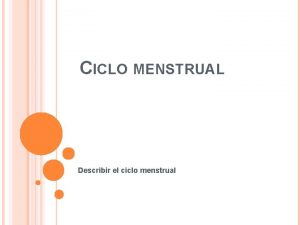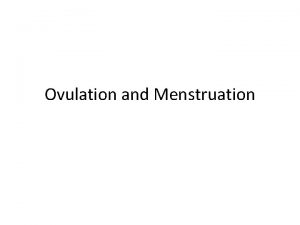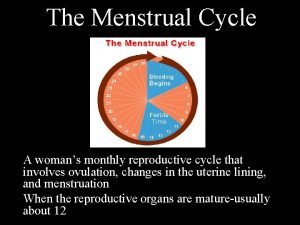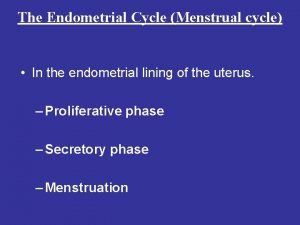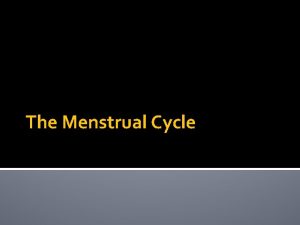The Menstrual Cycle The menstrual cycle The function






















- Slides: 22

The Menstrual Cycle

The menstrual cycle The function of the menstrual cycle is to provide a favourable environment for a fetus to grow. If fertilization does not occur, the uterus lining is shed in menstruation. The menstrual cycle is controlled by the following hormones: l progesterone l oestrogen l follicle stimulating hormone (FSH) l luteinizing hormone (LH) The secretion of these hormones is controlled by interacting positive and negative feedback loops. 2 of 29 © Boardworks Ltd 2009

Hormones • Four hormones involved in controlling menstruation Name Made… Function FSH Pituitary Stimulates one egg cell to develop (become follicle) Oestrogen Follicle (ovary) Stimulates rebuilding of the uterus wall LH Pituitary Stimulates follicle to burst and release the ovum Progesterone Corpus Luteum (ovary) Completes development of uterus wall, promotes glycogen storage

The Cycle • During the first week of the cycle the pituitary gland stimulated, and releases follicle stimulating hormone (FSH)


• FSH stimulates a potential egg cell in the ovary • The cells around the ovum also develop. This is called a follicle. • Follicle cells secrete oestrogen. • Oestrogen stimulates rebuilding of uterus wall. An oocyte (pre-ovum) surrounded by follicle cells

False colour SEM of human uterus wall, approximately 13 days into cycle. Green cells are secretory, and orange cells are ciliated


• Initial concentrations of oestrogen are low. • The low concentration has a negative feedback effect on the secretion of FSH.

Negative feedback lowers FSH concentration

As follicle grows it produces larger concentrations of oestrogen. At a certain threshold, its effect reverses. It now has a positive feedback effect on secretion of FSH from pituitary. Also stimulates pituitary gland to release luteinising hormone (LH)

Positive feedback from increasing oestrogen concentration causes increase in FSH and LH from pituitary gland. Follicle gets bigger – releases more oestrogen

• Peak of LH causes follicle to burst and release ovum • This is ovulation (on day 14 of the cycle) • Follicle reforms to become structure called corpus luteum (‘yellow body’) • LH stimulates corpus luteum to produce progesterone.

Peak of LH causes ovulation (day 14) Oestrogen falls because follicle is gone, but corpus luteum still produces some. Ovulation – ovum released from follicle. Follicle become corpus luteum

• Progesterone completes uterus wall: increases blood supply and promotes glycogen storage. • Rising concentrations of progesterone and oestrogen have negative feedback effect on FSH and LH. This prevents new follicles forming.

Fall in FSH and LH due to negative feedback with oestrogen and progesterone Progesterone produced by corpus luteum. Inhibits FSH and LH Corpus luteum – produces progesterone. Uterus wall fully completed.

• Fertilisation must occur within 2 days of ovulation. • Embryo takes 3 days to reach the uterus and implant. • If no embryo implants within a week the corpus luteum starts to break down. • Progesterone and oestrogen concentrations fall. Uterus wall begins to break down. • FSH no longer inhibited, so begins to rise. • Cycle begins again

FSH and LH totally inhibited Breakdown of corpus luteum causes fall in progesterone and oestrogen Corpus luteum begins to break down if no embryo has implanted a week after ovulation

FSH begins to rise since it’s not inhibited by oestrogen and progesterone Low levels of progesterone and oestrogen because there is no follicle or corpus luteum Uterus wall breaks down due to low levels of oestrogen and progesterone New egg cell stimulated by rising FSH levels

How do hormones control the cycle? 20 of 29 © Boardworks Ltd 2009


TASKS 1. Answer the questions on the sheet. 2. Answer the exam questions. 3. Complete the Homeostasis Glossary.
 Estrogen positive and negative feedback
Estrogen positive and negative feedback Conclusion for menstrual cycle
Conclusion for menstrual cycle Menstrual cycle positive feedback
Menstrual cycle positive feedback Conclusion for menstrual cycle
Conclusion for menstrual cycle Spermiogenesis
Spermiogenesis Conclusion for menstrual cycle
Conclusion for menstrual cycle Menstrual cycle terminology
Menstrual cycle terminology Phase of menstrual cycle
Phase of menstrual cycle Menstrual cycle stages
Menstrual cycle stages Menstrual cycle
Menstrual cycle The human menstrual cycle
The human menstrual cycle How long do dog periods last
How long do dog periods last Menstrual cycle defination
Menstrual cycle defination Mzunguko wa hedhi
Mzunguko wa hedhi Endometrial histology menstrual cycle
Endometrial histology menstrual cycle Ovogenesis
Ovogenesis Menstrual history midas
Menstrual history midas Menstrual history example
Menstrual history example Ciclo menstrual
Ciclo menstrual Maqueta del ciclo menstrual
Maqueta del ciclo menstrual Premenopusal
Premenopusal Selaput dara itu letaknya dimana
Selaput dara itu letaknya dimana Implantasyon penceresi
Implantasyon penceresi

